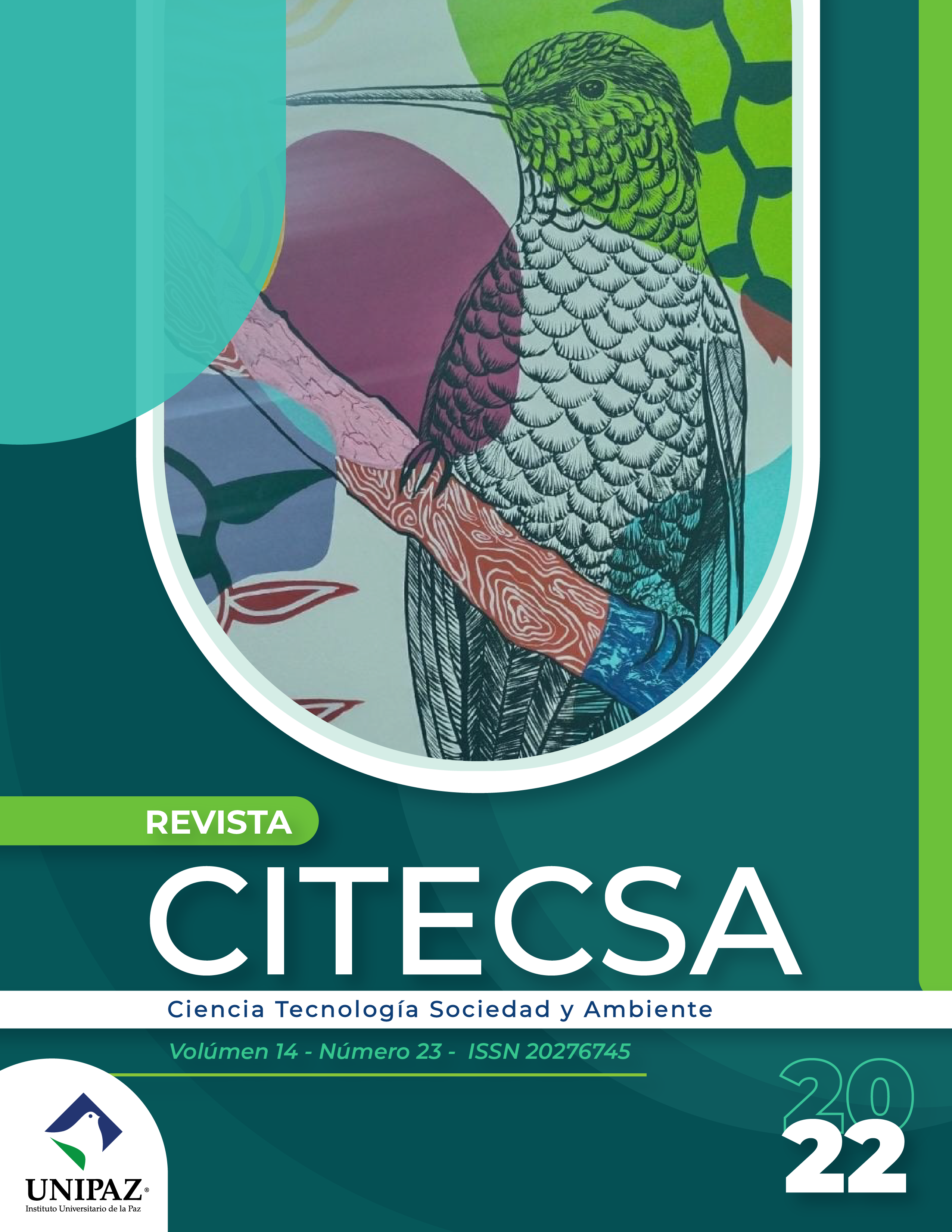Estuarine water quality assessment using a modified Kendall’s coefficient of concordance
Keywords:
estuaries, Kendall´s W, sensitivity analysis, pollution index.Abstract
Kendall's Coefficient of Concordance (KCC), is a statistical test that allows establishing the degree of agreement of a set of variables, whose magnitude is expressed in ranked values or ordinal numbers. Through a modification in its assessment scale and a redefinition of the terms that constitute it, this coefficient can be used as an indicator of water quality. In the present study, the Modified KCC (MKCC) was used, in order to assess the degree of organic contamination of the “Cienaga de La Virgen” (a coastal lagoon located in the District of Cartagena de Indias, Colombia). The valuation was carried out during the period 2011-2014 to be able to observe the changes experienced in this water body, after the Submarine Emissary entered into operation in 2013. The purpose of this investigation was also to analyze the sensitivity of the coefficient. The MKCC was estimated in 5 water quality stations, for 5 different combinations of variables: Biochemical Oxygen Demand―BOD, Thermotolerant Coliforms, Total suspended solids and Ammonium. As a quantitative measure of this sensitivity, the statistical test Root Mean Square Error―RMSE was used. The values of MKCC were in a range of 25.72 to 0.36. The highest values were registered during the 2011-2012 period, and represent a poor water quality. The lowest values of the coefficient were observed since the 2013, and describe an optimal water quality condition. These changes in the water pollution of the wetland, were acording to that registered in previous studies. On the other hand, the sensitivity analysis revealed that BOD is the most sensitive variable within the index (RMSE=5.19). Altogether, these results sustain the use of the MKCC as a tool for assessing the quality of estuarine waters.
References
Harkins RD. An objective water quality index. J (Water Pollut Control Fed. 1974;46(3):588-591.
Alean Vera LE. Modelación de la capacidad máxima de asimilación de vertimientos de carga orgánica en la Ciénaga de Mesolandia en el Departamento del Atlántico. 2009;3.
INVEMAR. Formulación Del Índice de Calidad de Aguas Costeras Para Los Países Del Proyecto SPINCAM. Documento Metodológico. Instituto de Investigaciones Marinas y Costeras―INVEMAR; 2011.
Akhmetshin EM, Plaskova NS, Iusupova II, Prodanova NA, Leontyev AN, Vasilev VL. Dataset for determining rational taxation value with incompatible criteria of economic efficiency and equity. Data Br. 2019;26(104532).
Linebach JA, Tesch BP, Kovacsiss LM. Nonparametric Statistics for Applied Research. New York: Springer Science+Business Media; 2014.
Uddin MG, Nash S, Olbert AI. A review of water quality index models and their use for assessing surface water quality. Ecol Indic. 2021;122:107218.
Sutadian AD, Muttil N, Yilmaz AG, Perera BJC. Development of river water quality indices — a review. Env Monit Assess. 2016;188(58).
Downloads
Published
How to Cite
Issue
Section
License

Este obra está bajo una licencia de Creative Commons Reconocimiento-NoComercial-CompartirIgual 3.0 Unported.

